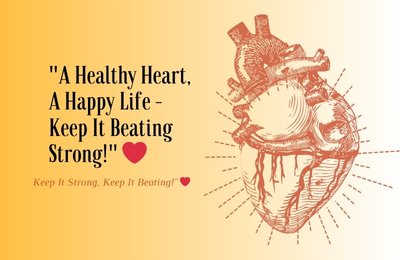Blood pressure is the force of your blood pushing against the walls of your arteries as your heart pumps. It’s measured using two numbers:
-
Systolic pressure (top number):
The pressure when your heart beats (contracts).-
Normal: less than 120 mmHg
-
-
Diastolic pressure (bottom number):
The pressure when your heart rests between beats.-
Normal: less than 80 mmHg
-
So a normal blood pressure reading looks like “120/80 mmHg” (said “120 over 80”).
💓 Blood Pressure Categories (for adults)
| Category | Systolic (mmHg) | Diastolic (mmHg) |
|---|---|---|
| Normal | < 120 | < 80 |
| Elevated | 120–129 | < 80 |
| High Blood Pressure (Stage 1) | 130–139 | 80–89 |
| High Blood Pressure (Stage 2) | ≥ 140 | ≥ 90 |
| Hypertensive Crisis (Seek medical care) | > 180 | > 120 |
🩺 Why It Matters
-
High blood pressure (hypertension) strains the heart and arteries, increasing the risk of heart disease, stroke, kidney problems, and more.
-
Low blood pressure (hypotension) can cause dizziness, fainting, or even shock in severe cases.
-
3. How Blood Pressure Is Controlled
Your body constantly balances blood pressure using several systems:
-
Heart: Pumps faster or slower to adjust output.
-
Arteries: Can narrow (constrict) or widen (dilate) to change resistance.
-
Kidneys: Regulate blood volume by controlling salt and water balance.
-
Hormones: Such as adrenaline, renin, and aldosterone affect heart rate and vessel tension.
🍎 4. What Affects Blood Pressure
Increases (Hypertension risk):
-
High salt intake
-
Being overweight or obese
-
Lack of physical activity
-
Stress and anxiety
-
Smoking or alcohol use
-
Genetic factors or family history
-
Aging (arteries stiffen with age)
-
Medical conditions (diabetes, kidney disease, etc.)
Decreases (Hypotension causes):
-
Dehydration
-
Blood loss
-
Certain medications (diuretics, beta-blockers)
-
Endocrine issues (low thyroid, adrenal insufficiency)
-
Heart problems (bradycardia, heart failure)
🩺 5. How Blood Pressure Is Measured
-
Usually done with a sphygmomanometer (cuff and gauge) or an automatic monitor.
-
The cuff inflates to stop blood flow, then slowly releases pressure.
-
As blood starts to flow again, two key sounds (Korotkoff sounds) are detected:
-
First sound → systolic pressure
-
Disappearance of sound → diastolic pressure
-
For best accuracy:
-
Rest for 5 minutes beforehand.
-
Sit with feet flat, back supported, and arm at heart level.
-
Avoid caffeine, smoking, or exercise 30 minutes before.
-
Take multiple readings at the same time each day.
⚠️ 6. Why It Matters
High blood pressure (hypertension) can quietly damage your body for years before symptoms appear.
Over time, it increases the risk of:-
Heart attack
-
Stroke
-
Kidney disease
-
Vision loss
-
Aneurysm
-
Heart failure
Low blood pressure can cause:
-
Dizziness
-
Fainting
-
Blurred vision
-
Weakness
-
In severe cases, shock
💡 7. How to Maintain Healthy Blood Pressure
-
Eat a balanced diet (rich in fruits, vegetables, and whole grains).
-
Limit salt (under 2,300 mg sodium per day, ideally under 1,500).
-
Stay physically active — at least 150 minutes of moderate exercise weekly.
-
Maintain a healthy weight.
-
Manage stress with relaxation, sleep, and breathing techniques.
-
Avoid smoking and excessive alcohol.
-
Monitor your blood pressure regularly.
-
